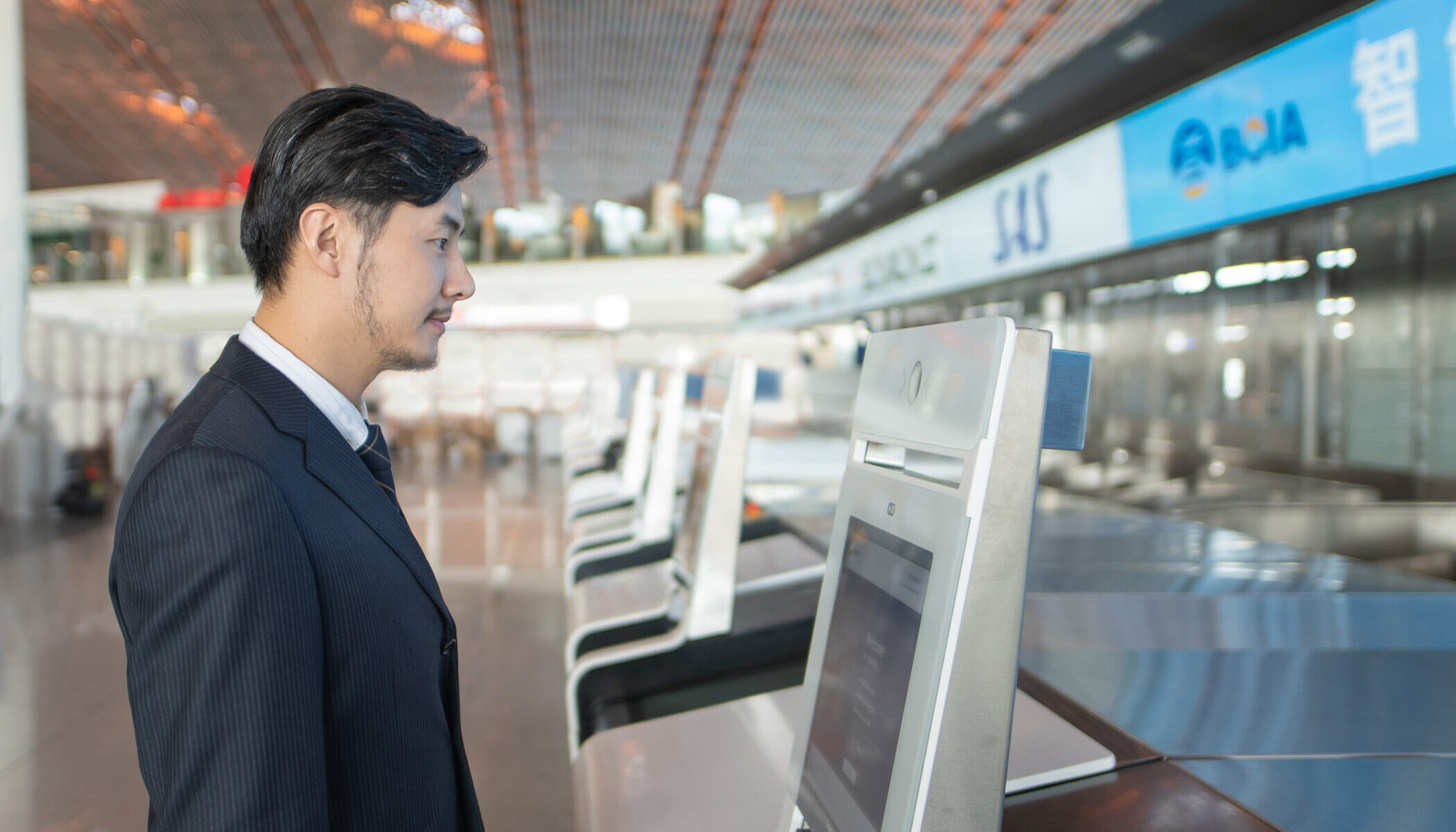With global air passenger numbers set to double, facial and fingerprint recognition will be essential at airports, says SITA. Rose Dykins reports
In 2019, four billion passengers travelled by air. The International Air Transport Association (IATA) projects this will double to eight billion annually by 2040. Imagine the queues at airports…
With this in mind, a new white paper from aviation IT company SITA highlights the crucial role biometric tech will play in supporting future air passenger capacity.
Face The Future paints a picture of the extraordinary pressure on airports, national borders and airlines, stating that “existing paper-based and manual travel infrastructure and legacy processes simply won’t be able to cope”.
To prepare for this level of demand, approximately 425 major construction projects are underway at existing airports globally.
According to the Centre for Aviation, the industry also invested in 225 new airport projects in 2022. Despite this new physical infrastructure, SITA says that, without state-of-the-art, adaptable digital solutions, airlines and airports will still struggle to manage future passenger numbers.

SITA’s white paper argues the solution to the overcapacity in the global air travel industry lies in harnessing the power of facial and fingerprint biometrics to create a smoother and safer air transport experience. This would also help address challenges such as space constraints, specialist staff shortages, and evolving passenger wants and needs.
The white paper references successful case studies such as the Star Alliance Biometrics initiative and the Indian government’s DigiYatra programme, both of which use end-to-end biometric passenger processing solution SITA Smart Path.
Stefan Schaffner, vice-president of Airports at SITA, says: “SITA Smart Path biometrically enables every step of the passenger journey, from mobile enrolment to aircraft boarding, and every point in between and beyond.
“With facial recognition across as many airport touch points as you need, it lets passengers manage their identity across their whole journey, in a unique and touchless way. The result is a radically improved travel experience.”
The white paper also delves into advanced biometrics technology from SITA that are already in use at more than 40 airports globally, to improve passenger processing, border control, risk intelligence, and travel authorisation.
SITA also gives an overview of its industry-leading Digital Travel Credentials (DTC) solution, a digital identity that can be shared before arrival (with the passenger’s consent) for seamless border crossing.
An important piece of the puzzle will be to set rigorous standards around passenger identity management within biometrics. A success story of a DTC is the one used by SITA to create Aruba’s Happy One Pass.
The collaboration lets passengers arriving at the Caribbean island nation disembark at international arrivals and cross the border without stopping or even showing a travel document.

